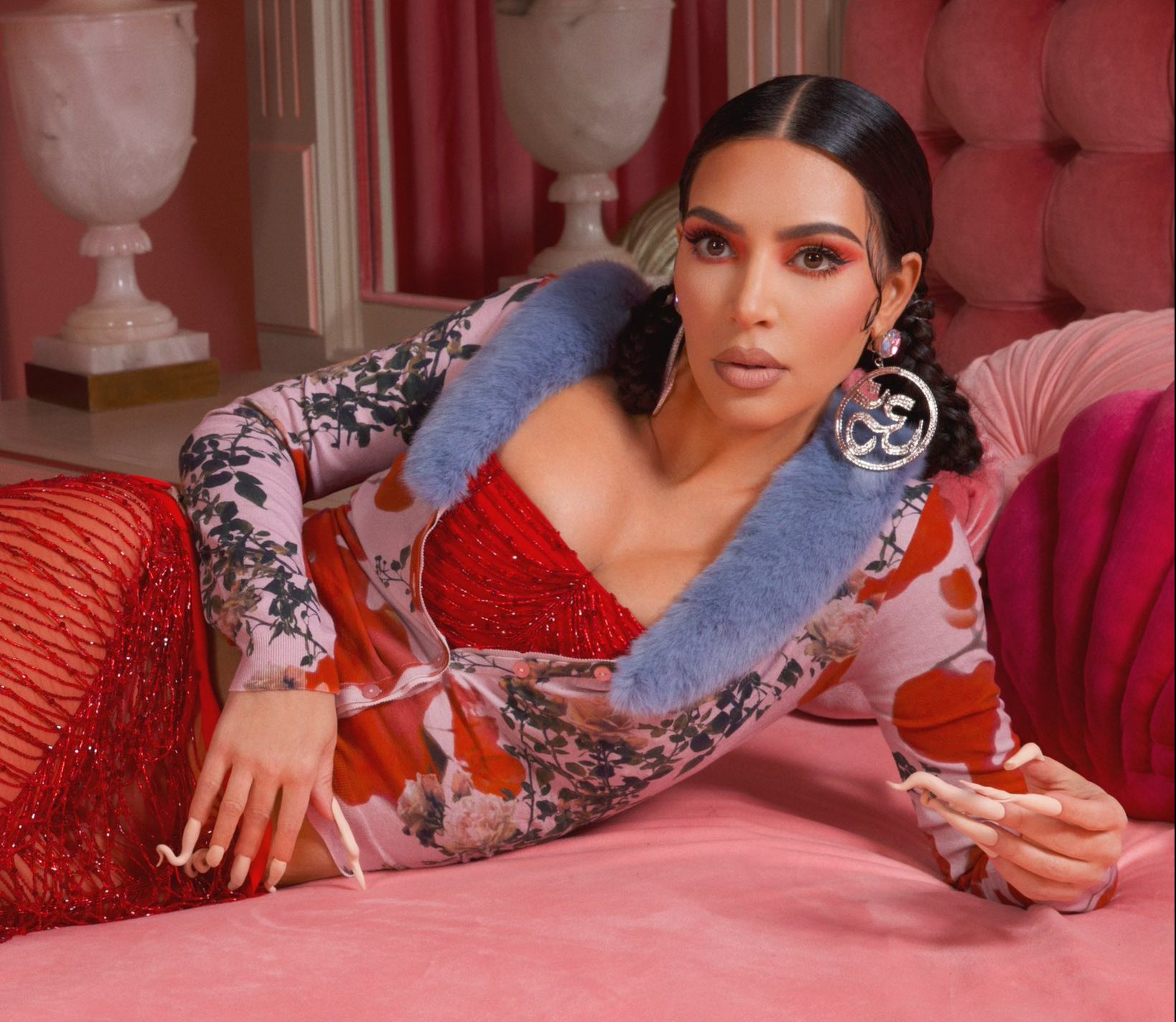(THE CONVERSATION VIA AP) Fashion companies are increasingly being taken to task for selling expensive versions of traditional Indigenous dress. Gucci’s kaftans came with a US$3,500 price tag, which is far more than the $10 that Indians pay for a very similar-looking traditional kurta. Louis Vuitton’s US$700 scarfs resembled the keiffyeh that is viewed as a symbol of Palestinian nationalism and sold in much of the Arab world at a far lower cost. Both fashion labels received criticism, but not only for the seemingly inflated prices. They were accused of appropriating Indigenous cultural artifacts for profit.
It is also an accusation that has been levelled against many celebrities. The American model Kendall Jenner was accused of “hijacking Mexican culture and wearing it as a costume” for her new Tequila 818 advertising campaign. And Canadian singer Justin Bieber is yet again being accused of cultural appropriation for sporting dreadlocks – a natural hairstyle for people of colour across many different civilizations.
You may unsubscribe from any of our newsletters at any time.
These are just a few examples of the increasing global phenomenon of people, organizations and businesses being held to account for appropriating cultures outside of their own. Interestingly, though, the boundaries between ethical cultural sharing and exploitative cultural appropriation are not always clear. I am a scholar researching American race and ethnic relations, and students often ask me how they can differentiate between the two.
What is cultural appropriation?
In the halls of academia, discourse regarding cultural appropriation arose in the late 1970s, sparked by the publication of Edward Said‘s famous book “Orientalism.” In this work, Said explored how, in the West, cultural notions of the “orient” invariably aided and abetted the material and cultural plundering of Asia.
As research on the history of Western cultural exploitation of Indigenous peoples proliferated, the work and research of American historian and cultural theorist George Lipsitz came to be viewed as laying the foundation for today’s debates regarding what is and what is not cultural appropriation.
Lipsitz, writing in the the 1990s, argued that cultural appreciation becomes cultural appropriation “when an element of culture is adopted from a marginalized group without respect for its cultural meaning or significance or with the purpose of exploiting the culture for economic or social gain.”
That being said, scholarly consensus regarding cultural appropriation has long accepted that the lines between cultural appreciation and appropriation may be difficult to clearly determine in real time, and especially within the contemporary social media-driven zeitgeist.
Thin line
There have been myriad cases of cultural appropriation of Indigenous and traditional cultures. However, some cases appear to be more clearly unethical and exploitative of culture than others.
The vast plundering of Indigenous cultural artifacts, treasures and traditions that occurred throughout the colonial era provides the clearest historical examples of unconscionable exploitation and appropriation of Indigenous cultures. And, for the most part, the treasures still have not been returned.
More on Broadview:
- Let’s ditch faux Canadian politeness for genuine tenderness
- Indigenous comedians chip away at colonialism
- From Bob Dylan to Tina Turner: How do we treat stars when they stop shining?
A more recent example of clearly unethical cultural appropriation and exploitation of Indigenous cultures for profit came to the fore in 2021 when the government of Mexico accused clothing companies Zara, Anthropologie and Patowl of appropriating and selling designs based on patterns and symbols derived from indigenous Mexican cultures and demanded recompense.
The line blurs a bit when celebrity influencers unwittingly appropriate and inappropriately flaunt sacred symbols of Indigenous and traditional cultures – as in the case of Kim Kardashian sporting earrings patterned from the sacred Hindu Om symbol during a photo shoot for her beauty products line. In another example, lingerie company Victoria’s Secret has repeatedly used designs inspired by sacred Native American traditions during its fashion shows.
A similar case of blurred lines between cultural appreciation and appropriation arose just last month when actor Michael B. Jordan announced on the U.S. holiday Juneteenth the launch of his new rum brand J’ouvert. The name derives from the Trinidadian word for the early morning celebrations kicking off the nation’s annual Emancipation Day – a holiday marking the abolition of slavery in the Caribbean in 1838.
The marketing campaign for Jordan’s rum reduced this important Trindadian holiday to the tagline – “J’OUVERT Rum is a tribute to the party start,” provoking wide condemnation from Trinidadians, including Trinidadian rapper Nicki Minaj.
In support of Jordan and the rum’s name, some Trinidadians pointed out that one of Jordan’s business partners is Trinidadian and that Trinidad as a nation benefits from the exposure. Some social media commentators argued that the criticism may be misguided because, although Jordan may not be from Trinidad, he is Black, and diverse Black cultures should unite broadly in support of Black capitalism more generally.
Nevertheless, after a few days of contemplation, Jordan and his business partners apologized and opted to rebrand their rum.
Cultures are complex
The reality is that adjudicating between cultural appreciation and appropriation is never simple, and that is because cultures are vast, complex, historically determined and ever-changing.
In the cases of both Kardashian and Jordan, I would argue that had either of them sought to establish true cultural appreciation for the cultures from which they were drawing, the accusations and inappropriate use of cultural symbols could have been avoided. This could have been achieved through long immersion and deep learning over the years about the history and current manifestations of the cultures.
Americans are increasingly living within fantastically diverse multicultural worlds. Sharing in each others’ cultures is not only good; when done right, it is important and helps build community.
But cultural sharing is best when done mindfully. And cultural appreciation is best when it is not ephemeral or fad-inspired.
***
[Get the best of The Conversation, every weekend. Sign up for our weekly newsletter.]The Conversation is an independent and nonprofit source of news, analysis and commentary from academic experts. The Conversation is wholly responsible for the content.















And yet a black woman can straighten her hair and colour it blond, and an indigenous man can wear a suit and tie, but that is not cultural appropriation?
What makes a marginalized group? A blond sex symbol? Or a wealthy billionaire?
These are people with low self esteem looking for all the attention they can get, when they realize they have it, they want more.
It is easy to get lost in the woods of the colonial aftermath. Some things deserve rightfully to be scrutinized and criticized, but they can lead to the dead end of ridiculousness when pushed to the extreme. Banning every Asian style clothing design from the global fashion market will not undo colonialism. Learning about the last 150 years of Chinese history might though.
We rightly condemn “black face” entertainment as unjustifiable, but how is it that we can borrow from Black worship traditions in freely singing their traditional spirituals? Does it border on appropriation, however, when we try to mimic the Caribbean accent?
How about many of our old “nonsense” summer camp songs mocking indigenous languages, perhaps?
The Christmas carol “Twas in the moon . . .” — is it a genuine attempt to blend two cultures, or is its cuteness that makes it so popular? And when we so casually talk of “Turtle Island” is that a token of respect, or are we stealing something sacred?
Finally, might I suggest that clutching the King James Bible could be seen as a bald appropriation of Shakespeare’s culture. It’s often done just to make an exclusive claim regarding one’s faith identity.
These are not “tongue in cheek” questions! Sensitivity is still a pretty scarce trait among us who are white.
Sensitivity is still a pretty scarce trait among us who are white.
You forgot yellow, red and black.
I’ve struggled with the concept of cultural appropriation. I realize that a symbol can have many meanings to many people; some religious or spiritual and some secular. It’s like saying “beauty is in the eye of the beholder.” Though I try and respect the culture and beliefs of different I must admit that I am ignorant to most of them. However, since humans learned to walk, different tools and methods and weapons and modes of architecture and farming have been appropriated or shared by and with others. Indigenous people benefit from western engineering and technology. I’m currently reading Pierre Burton’s book Vimy where he tells us that soldiers used Tump lines, the process of using a band around one’s forehead and down one’s back to carry heavy loads. This is the way some indigenous people carried heavy loads. During the second world war the American forces used codes in, I believe, Navajo language to thwart the enemy. Northern people use rifles, snowmobiles, trucks and all manner of western technology and I’m glad they do and we use snowshoes and snares and other things that are useful to us. Sometimes it boggles the mind and often I find these discussions bordering on the petty.
Agreed